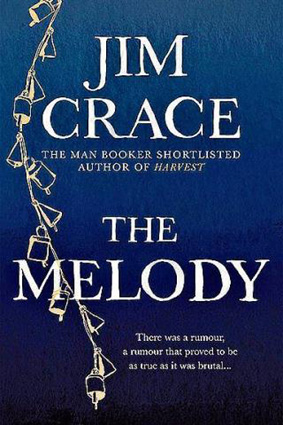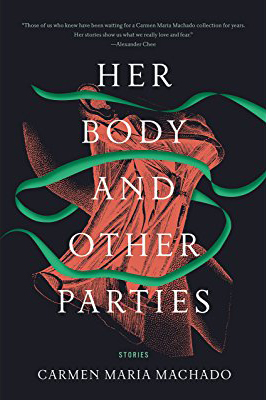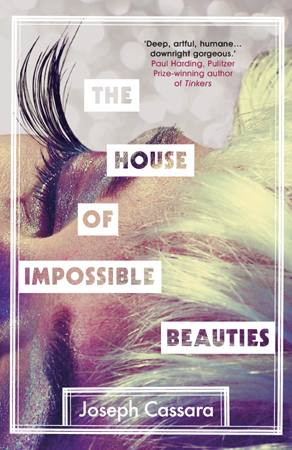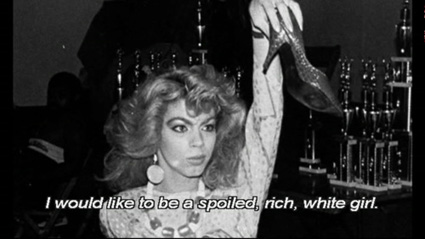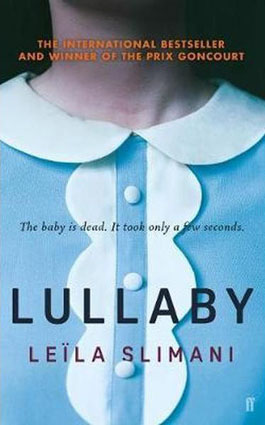Sometimes reading quotes by authors I admire on the jackets of new books can very accurately indicate the experience I’m about to have. In this case, Emma Glass’ debut “Peach” comes festooned with a string of quotes by prominent authors from George Saunders who calls this a “dark poetic myth” to Laline Paull who describes how this book “shares literary DNA with Gertrude Stein, Herbert Selby Jr and Eimear McBride.” These get at the unusual quality of Glass’ writing, but this book’s radical style and approach to characters is wholly unique. It’s at once cartoonish and deadly serious. The story opens with Peach who has experienced a massive trauma and follows her in the proceeding days as she attempts to return to a state of normalcy. In doing so, Glass uses some shockingly innovative methods for getting at painful emotions and actions that can’t be described in a straightforward way.
The syncopation of Peach’s train of thought leads to a lot of word play and double meaning. When she feels her stomach growing she wonders “How big will I be before I burst? Cells linking, holding hands, making chains, chains winding, chains winding around my core. Spores sporing, pouring.” These emotive passages get at the uncommon way her imagination fuses with reality. Yet there are other moments which are straightforward and direct in expressing Peach’s reaction to her trauma. She describes how “I don't want to be a victim. One of those victims. Oh this awful thing happened to me when I was young. He stole a piece of me (said in a raspy, broken voice)”. It’s heartbreakingly tragic how throughout the story this self-consciousness prevents her from confiding in the characters closest to her especially when her violent encounter means that she’s trapped in a nightmarish present “I see his sadistic shadow now. I will always see it. Ingrained.” But her method of battling through this is extraordinary. It’s at once grotesque and hilarious and sad in a way I found utterly mesmerizing.
Just as the language in Peach’s thought process is slightly displaced, reality is also warped so that characters are at once human and embody the physical traits of their character name. Peach’s boyfriend Green is described as “shaking little leaves” when he laughs and his mouth is “mossy-soft.” Her infant sibling who is viewed as a jelly baby sweet is powdered by their parents with sugar. In a semi-comic scene in Mr Custard’s class the teacher must be formed from “yellow goop” into “Bits of arms, bits of legs, bits of bones but not really bones. Blobs” before a lesson on anatomy can continue. While this writing method might sound charmingly playful, it is also excruciatingly sinister when it comes to conveying the smell and appearance of Peach’s nemesis who stalks her. Glass’ absurdist technique of writing about characters is such an effective and new way of describing lost innocence.
Reading “Peach” is a highly unusual visceral experience whose subtleties I suspect can only be felt over time as the tendrils of this daring and imaginative narrative worm into the reader’s subconscious. Be prepared.






